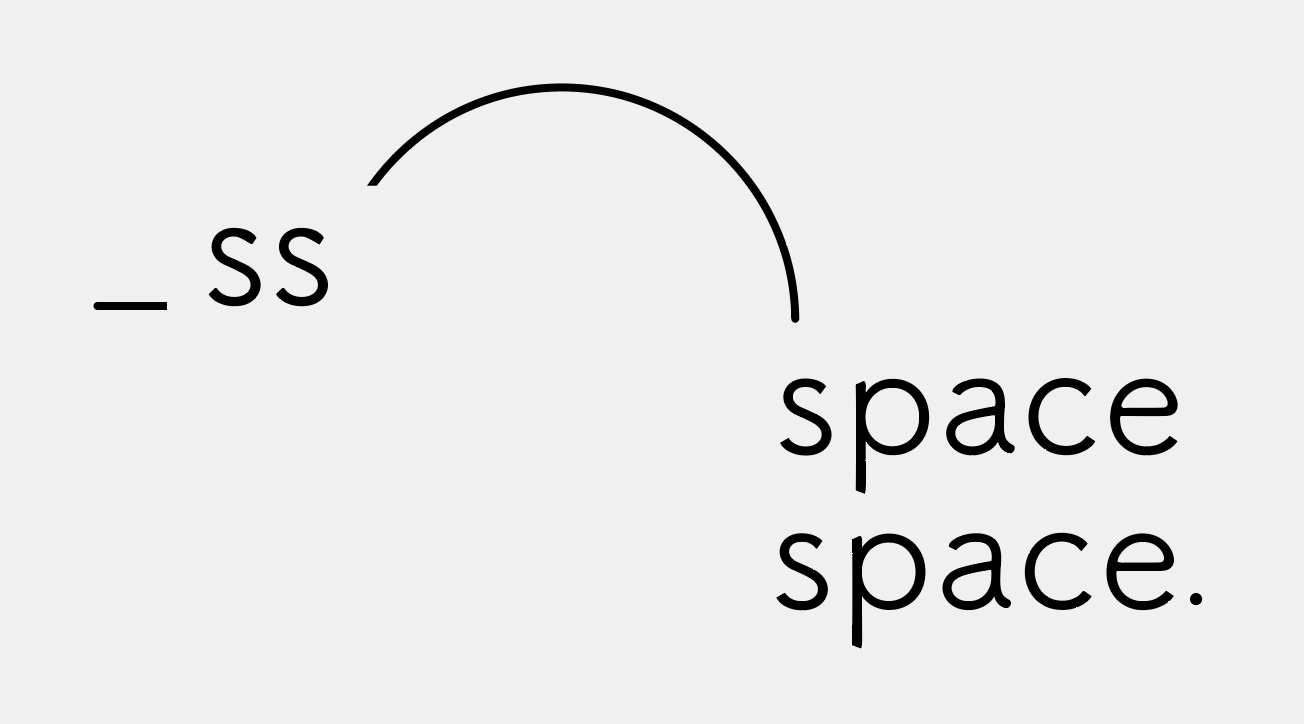producing space:
alone, together,
walk up apartment
生產空間:
獨步、團聚、步登公寓
The exhibition, ‘producing space: alone, together, walk up apartment,’ is a site-specific installation that draws inspiration from walk-up apartments, a distinctive form of Taiwanese architecture. The exhibition investigates the symbiotic relationship between the city and these apartments, focusing on the connections between space and the living body. Central to the exhibition is the exploration of space and interpersonal interactions. Through the use of various materials, the artists portray concepts such as movement, public space, and family within the domestic sphere, delving into how living spaces and daily activities shape and influence one another. The dialogue between the exhibition space and the site-specific installation aims to offer visitors a renewed experience of contemporary social space, especially in terms of family relationships, social context, and the psychological states they evoke.
此次展覽「生產空間:獨步、團聚、步登公寓」為一限地裝置,以展覽場地窯座所屬的臺灣特有建築類別——「步登公寓」為研究起點,探索城市與公寓的共生關係及空間、身體在其中的連結,進而聚焦展覽的研究主題——空間與人際互動的相互影響與辯證關係。藝術家試圖使用各式複合媒材描繪家屋中移「移動」、 公共空間與家庭等概念,進而探索生活空間與日常活動相互形塑的關係。期待能透過展覽空間與限地裝置的對話,引領觀眾透過身體重新感受當今社會空間中家庭關係、社會脈絡和其所映照的心理狀態。
The exhibition was held at yáo alternative space, a typical four-storey walk-up flat located in Taichung. Upon entering the ground floor of yáo alternative space, the central apartment door immediately comes into view, beyond which lies the staircase that runs through the middle of the building. Interestingly, as one ascends to the second floor, there are entrances to different flats on either side of the landing. The staircase here serves both as a shared pathway within a private residence and as the only route to individual private spaces. Thus, before reaching their own door, residents have already moved between public and private domains.
Once inside the apartment (yáo alternative space), the interplay between public and private spaces becomes even more pronounced. The narrow space is traversed by a public corridor on the left, linking three rooms on the right, each slightly lower than the ceiling height. Each room has windows facing both the outdoors and the interior of the apartment, allowing visibility into the other rooms. As one moves through the building, the body continually engages with the interweaving of public and private spaces, constructing distinct domestic environments and unique ways of living within this dynamic interaction.
展覽所在地窯座為位於臺中市的典型四層樓步登公寓。站立於窯座⼀樓,映入眼簾的正是位於公寓正中央的⼤門,門後則為位於建築正中央且貫穿整棟建築的樓梯。有趣的是,當尋著樓梯攀上了⼆樓後,左右兩側即為不同⾨牌的家屋入口。樓梯在此既是⼀條位於私人宅邸中、卻與其他住⼾共用的道路,同時也是一條通往各自私⼈空間的唯一⼩徑。因此,住⼾在走進家⾨之前,早已在公共與私⼈領域之間來回穿梭。
在走進公寓(窯座)內部後,徘徊於公共與私⼈空間的狀態感受更是強烈。推開公寓的門,狹長型的空間被⼀左側的公共走廊貫穿,串起的是右邊為三間高度比天花板略低的房間,每個房間內皆有對戶外及對公寓內的窗戶,推開便能⼀眼看見其他兩間房間。在建築物內移動的過程中,身體不斷地透過公共與私⼈空間之間的相互交織,並在這動態的交往中建立起一個個家庭與其獨特的生活。










